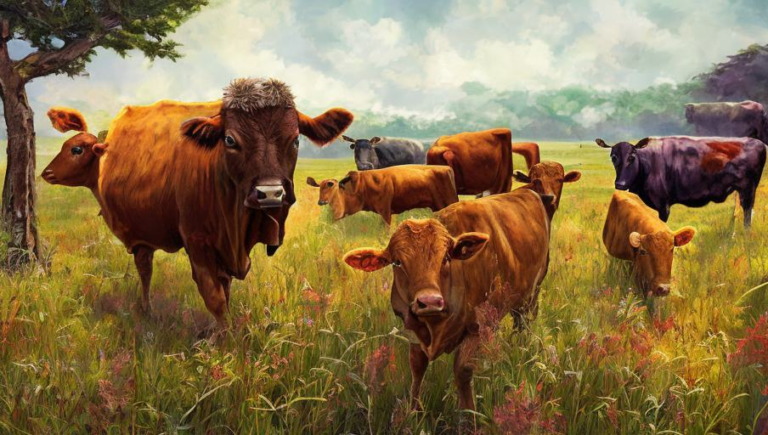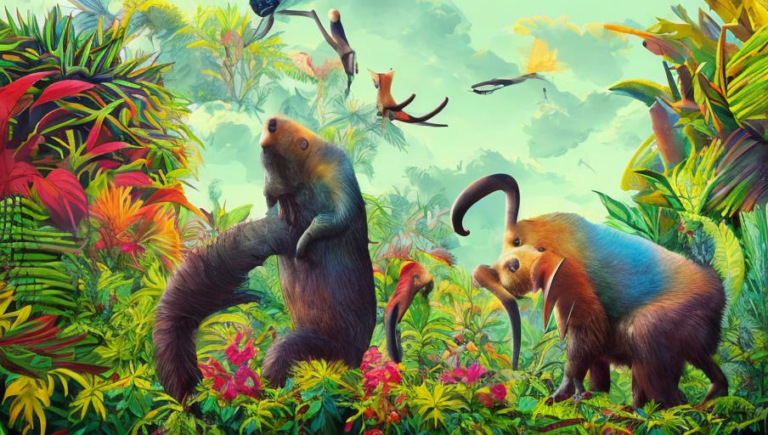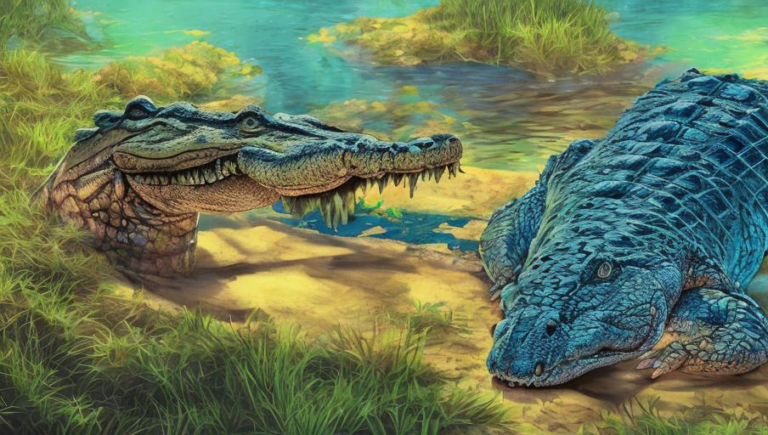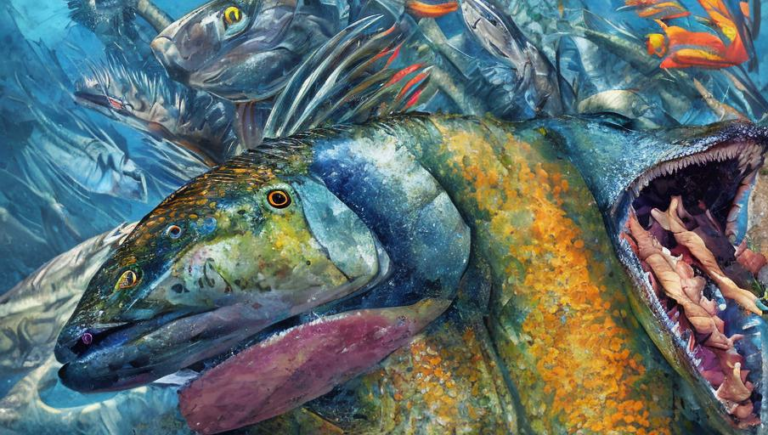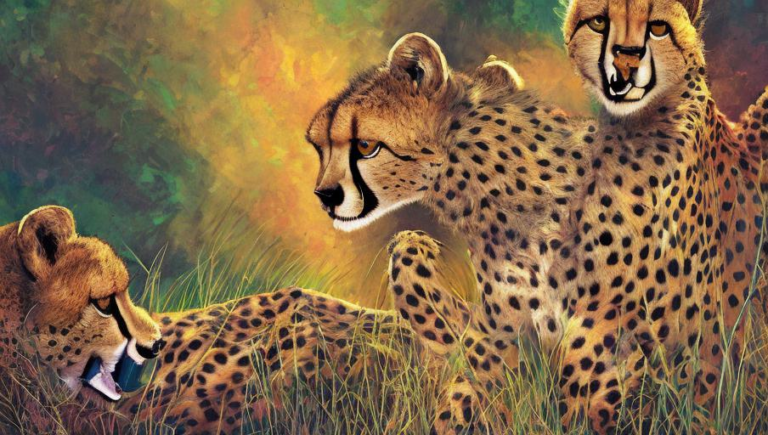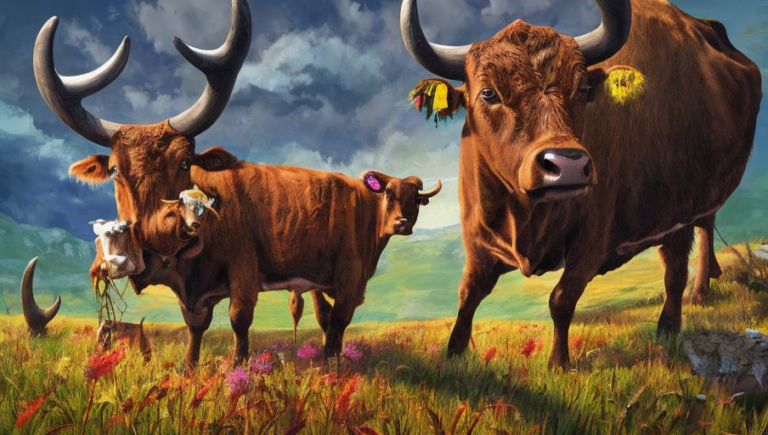Going Beyond the Stereotypes of Apes
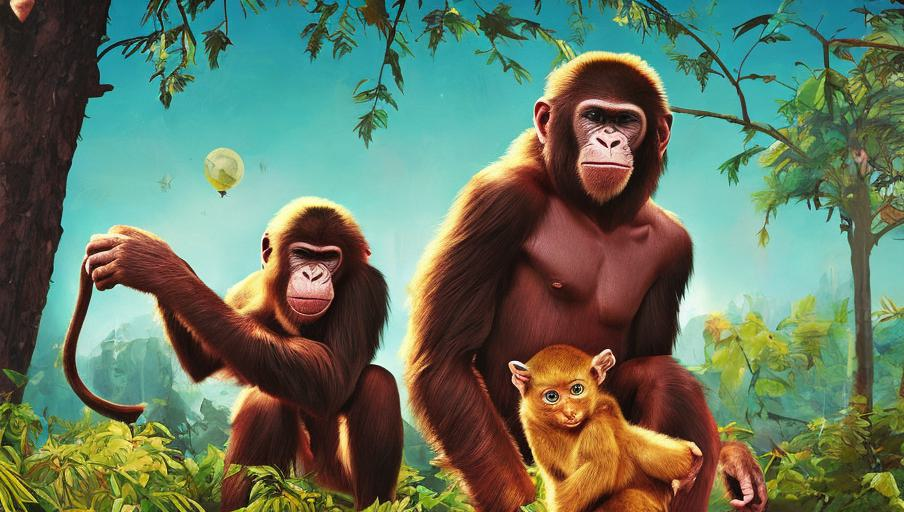
The Different Types of Apes
Apes are a group of Old World primates that are found in Africa, Asia, and parts of South America. The group includes gorillas, chimpanzees, orangutans, bonobos, and gibbons, with each species having its own unique characteristics. For example, orangutans have long arms and reddish-brown fur, while gorillas are the largest and most powerful of the apes. Chimpanzees are the most intelligent and social of the apes, and bonobos are the smallest and most peaceful.
Apes in the Wild
Apes are found in a variety of habitats, from tropical rainforests to dry savannahs. They are often found in large family groups, with the males protecting the young. Apes also have complex communication systems, with some species even using tools to help them find food and build nests. In the wild, apes are threatened by deforestation and poaching, and their numbers are in decline.
Going Beyond the Stereotypes
Apes have long been portrayed in popular culture as being aggressive and dangerous, but this is far from the truth. In fact, apes are generally peaceful animals and can even be seen interacting with humans in some cases. The truth is that apes are intelligent and sensitive animals, capable of learning, problem-solving, and forming strong bonds with other members of their family group. They are also playful and enjoy interacting with their environment.
Conservation Efforts
In order to protect apes from the threats they face in the wild, a number of conservation efforts are underway. These include protected areas for the apes, as well as efforts to reduce poaching and combat illegal logging. There are also programs to educate people about the importance of protecting apes and their habitats, as well as efforts to create sustainable livelihoods for local communities that rely on the forests for their livelihoods.
Conclusion
Apes are amazing animals that deserve our protection and respect. By going beyond the stereotypes and learning more about their behavior and habitats, we can help to ensure that these incredible creatures are around for generations to come.
